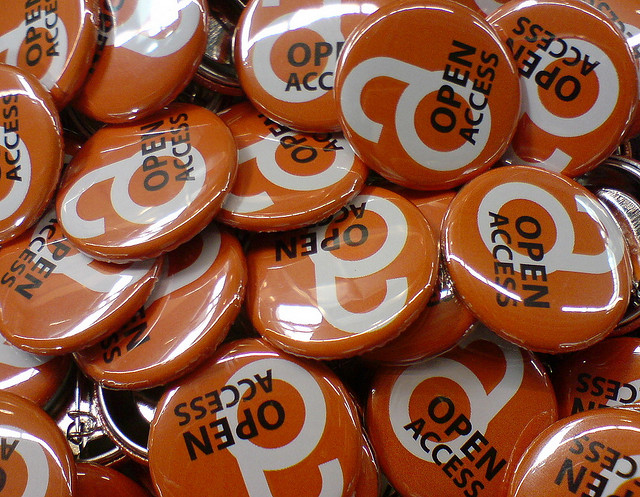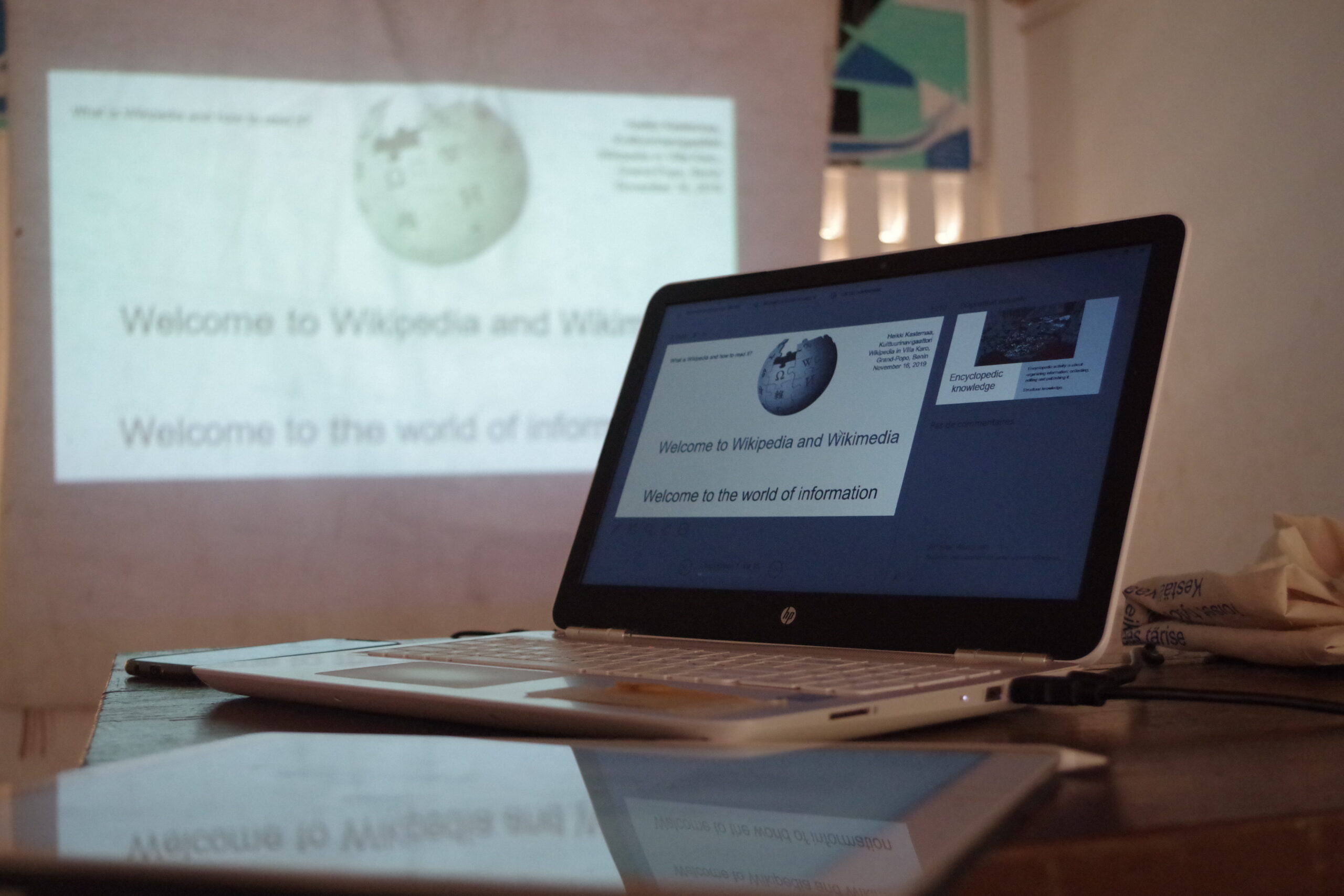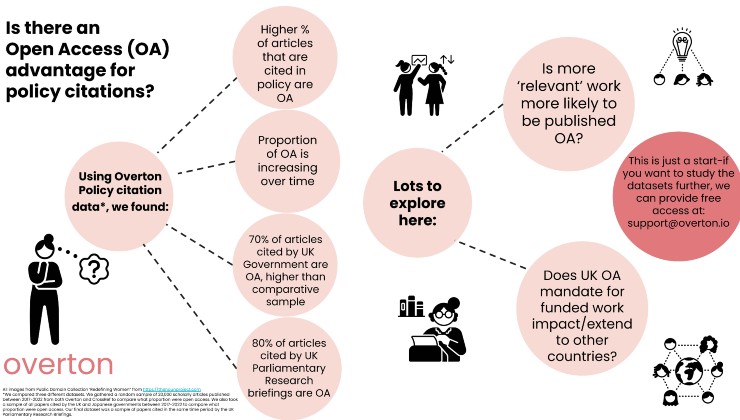In Canada, We Like OA But We Don’t Like Its Cost
Canadian researchers are in favor of the principle of open access, but they’re not really on board with it in practice. That’s the key takeaway from a recent report commissioned for Canadian Science Publishing, the non-profit publisher of a suite of physical science and engineering journals.
The survey, conducted by Phase5 Research in February, gathered response from 540 researchers—mostly from education and government—across Canada. (Academics from the social sciences and humanities were not questioned.)
Those surveyed were pretty adamant that they liked the idea of open access:
Researchers agree with the fundamental principle guiding the open access movement – that published research should be freely available to everyone. When asked a series of attitudinal questions about publishing in open access format, 83% of researchers either agreed or strongly agreed with this statement. Seventy-three percent also agreed that the scientific community benefits from open access.
However, when the reality of open access butts in, most specifically that authors pay to have their work published, the ardor cools. It’s not unique to Canada, as the tweet from Texas below demonstrates:
I want to support #OpenAccess publishing. Checked out PLoS One… $1350 to publish one article. Hi, corporate publishing overlords. I'm back
— Darrin L Rogers (@DarrinLRogers) March 2, 2014
A report on scholarly communication released last December by the University of Tennessee and CIBER Research Ltd. echoed this reluctance, this time among U.S. and British academics: “There was a palpable unease among some researchers about paying to have an article published. This may be because it is too much like ‘buying’ and that was something that jarred with researchers. Few researchers (but there were some) considered that paying to publish inevitably led to a distortion of the peer review process: because you were paying, fast-tracking and lower barriers might occur.”
A majority of of the Canadian study’s respondents have not published in open access, and the “article processing charge” was the leading—but not the only major—reason for opting out. Some 38 percent cited economic reasons for avoiding open access, followed by not having an OA option in the journals of choice (33 percent) and a preference for the traditional style of academic publishing (30 percent). From that last category, respondents reported that they perceived non-OA journals as more reputable or of a higher quality (53 percent), were more familiar and a comfortable fit (17 percent) or had a better peer review process (9 percent).
A third of these non-OA researchers said they would not pay to be published, period. That meant even if their institution or an agency like the Canadian Institutes of Health Research, the Natural Sciences and Engineering Research Council (NSERC) or the Social Sciences and Humanities Research Council footed the bill. Not that everyone understands that this tri-agency, as the three funders are called, might in fact foot the bill for OA—just under two thirds of those not being funded by tri-agency didn’t know if they might pay, and even a substantial minority of those who are getting tri-agency funding didn’t know.
But ignorance doesn’t mean the researchers don’t have opinions – those getting agency funding on the whole did not feel that Canadian funders supported OA publishing. This was particularly noticeable for those getting NSERC money: “Only 16% of this group agreed with the statement that Canadian granting agencies support publishing in open access journals, compared to 28% of those with non-agency or no funding.”
Who does pay to go OA? For public sector researchers 72 percent of the time it’s their employer; for academic researchers half the time it’s a tri-agency and 28 percent it’s their institution. Still, 18 percent of academics who have published open access say they have spent their own money in the process.
Open access does have its Canadian partisans. Some 43 percent of respondents said they had published in an open access or hybrid journal, and of those 57 percent said they did so because they prefer to publish in open access. A quarter said they chose the open access route not for ideological reasons but because the specific journal was more relevant or prestigious. No other rationales, such as mandates from the funding agency (7 percent) or a traditional knock on OA, it was easier to be accepted (2 percent), rose above the 7 percent threshold.
Among the 105 respondents who said they prefer to publish in open access, three fifths cited the principle that research (or at least publicly funded research) should be freely available to all. Two fifths said they felt OA offered a broader or larger audience or greater visibility.
Even here, though, a preference for OA may be widening, but it’s not always deep.
Although the vast majority of researchers (83%) agree with the principle of open access, the availability of open access as a publishing option was not an important decision criterion when selecting a journal in which to publish. In this regard, availability of open access ranked 6th out of 18 possibility criteria. It was eight times less important than impact factor and thirteen times less important than journal reputation when selecting a journal.
All of these numbers are a snapshot in time. The researchers themselves, asked to review their attitudes over the last two years, show a substantial, but not a majority, shift toward new-fangled dissemination techniques:
More than one-third of researchers indicated that they are more inclined to submit with the intent to publish in open access and to use social media tools to disseminate their work relative to two years ago. Twenty-three percent of researchers reported depositing publications in an institutional repository more frequently. Similarly, 23% of researchers responded that they are depositing publications in an online archive more frequently.
For the full report, click here.





























































































In Canada, We Like “OA” But We Don’t Understand What It Means There are two ways authors can provide Open Access OA): One way is for authors to publish in an open access journal (“Gold OA”), which usually means having to pay to publish. The other way is for authors to publish in any journal they choose, and to make the final, peer-reviewed draft OA by self-archiving it in their OA institutional repository (“Green OA”.) Green OA is full 100% OA, and it does not cost any extra. It is quite astonishing (and somewhat disheartening) that both the Phase5 questionnaires… Read more »
“Still, 189 percent of academics who have published open access say they have spent their own money in the process.” Large percentage!
It’s no wonder they’re leery of OA! Let’s try 18 percent. Thanks for catch — wish I’d caught it before hitting publish.